On the morning of May 22, the Steering Committee for the Development of the Urban Railway Network System of Ho Chi Minh City (Steering Committee) held its first meeting at the Ho Chi Minh City Party Committee.
Secretary of the Ho Chi Minh City Party Committee Nguyen Van Nen chaired the meeting. The meeting was also attended by Standing Deputy Secretary of the City Party Committee Nguyen Thanh Nghi; Chairman of the Ho Chi Minh City People's Committee Nguyen Van Duoc; and leaders of Ho Chi Minh City departments and branches.
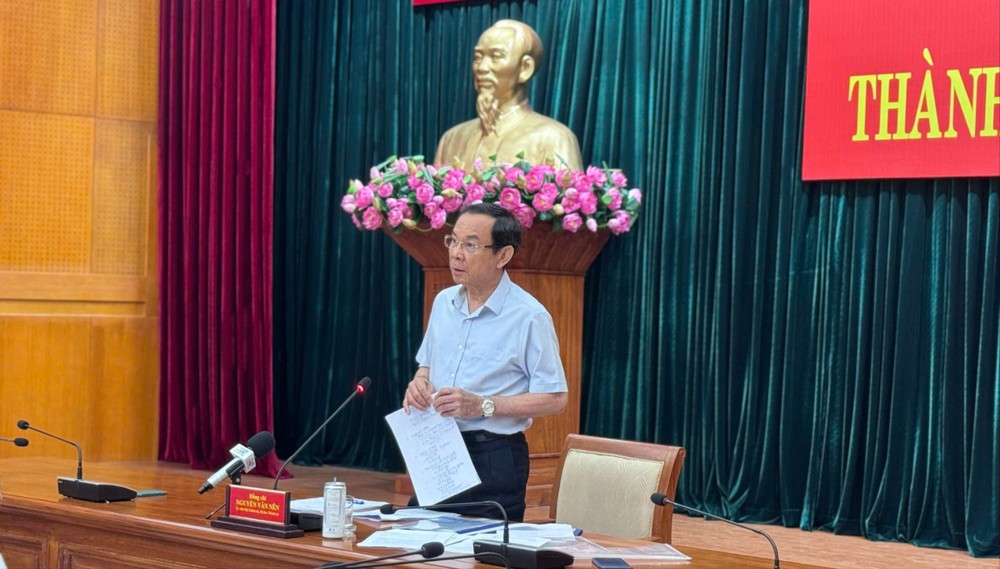
The need for urban railway development will increase.
At the meeting, Chairman of the Ho Chi Minh City People's Committee Nguyen Van Duoc shared that in order to complete the goal of developing the urban railway system, Ho Chi Minh City needs to update the additional planning route with a vision of expanding regional connectivity to have optimal investment solutions and upgrade the management board to a more suitable model.
Because, after the merger of Ho Chi Minh City, the need to develop the city's urban railway network will increase compared to before. Therefore, the city needs to plan the railway system, supplement and extend the routes to Binh Duong, Ba Ria - Vung Tau , Dong Nai. From there, it will help the city call for investment and implement the urban development model according to the public transport orientation (TOD) more conveniently.
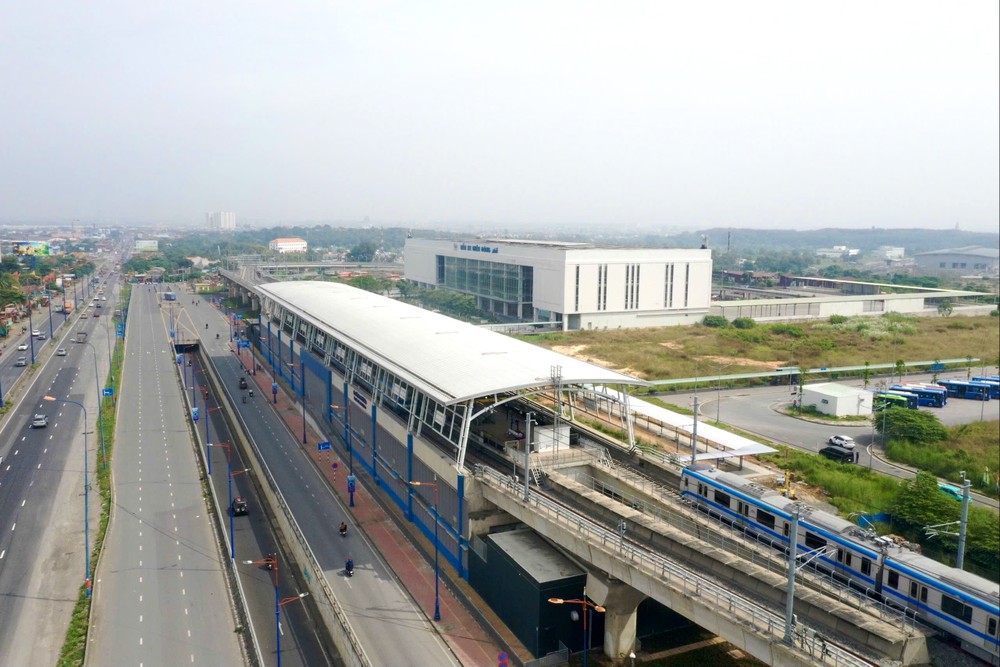
Regarding the financial plan, the Chairman of the Ho Chi Minh City People's Committee said that if the urban railway is built using only the State budget, it will not meet the requirements and will not be effective. Ho Chi Minh City continues to invite many economic sectors to invest domestically and internationally, possibly combining ODA. However, it is necessary to overcome the shortcomings that have been implemented before. Issues of site clearance and policy mechanisms also need to be focused on implementation.
The city can establish a company model to operate the metro system, because this model will be more suitable. Countries around the world also implement a company model for urban railway management to ensure long-term exploitation.
In addition, it is necessary to apply specific policy groups such as capital mobilization; investment implementation procedures; urban development according to the TOD model; railway industry development, technology transfer and human resource training;...
The city also mobilizes capital through loans issued by local government bonds; organizes bidding to select investors for projects using land for urban development and improvement.
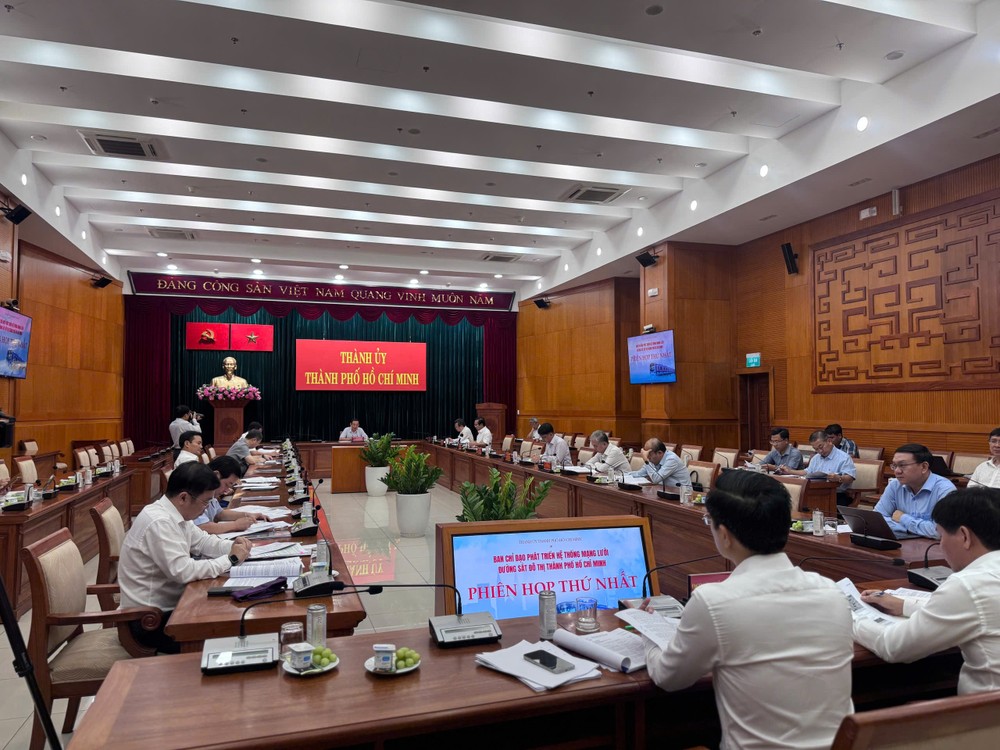
Development of urban railway network
According to the Ho Chi Minh City Department of Construction, in addition to the urban railway routes planned under Decision 568 of the Prime Minister, the Department of Construction also coordinates with relevant agencies to plan to adjust and supplement the urban railway system planning under Project 49.
Developing the urban railway network to meet the city's public transport needs, contributing to the restructuring of urban transport modes in a sustainable, harmonious and reasonable manner; by 2035, public passenger transport will cover 40-50% of people's travel needs. By 2045, public passenger transport will cover 50-60% of people's travel needs.
Of which, by 2035, the city will complete about 355km, by 2045, it will complete about 155km more (not including the railway line from the city center to Can Gio about 48.7km and the Thu Thiem - Long Thanh railway line about 41km).
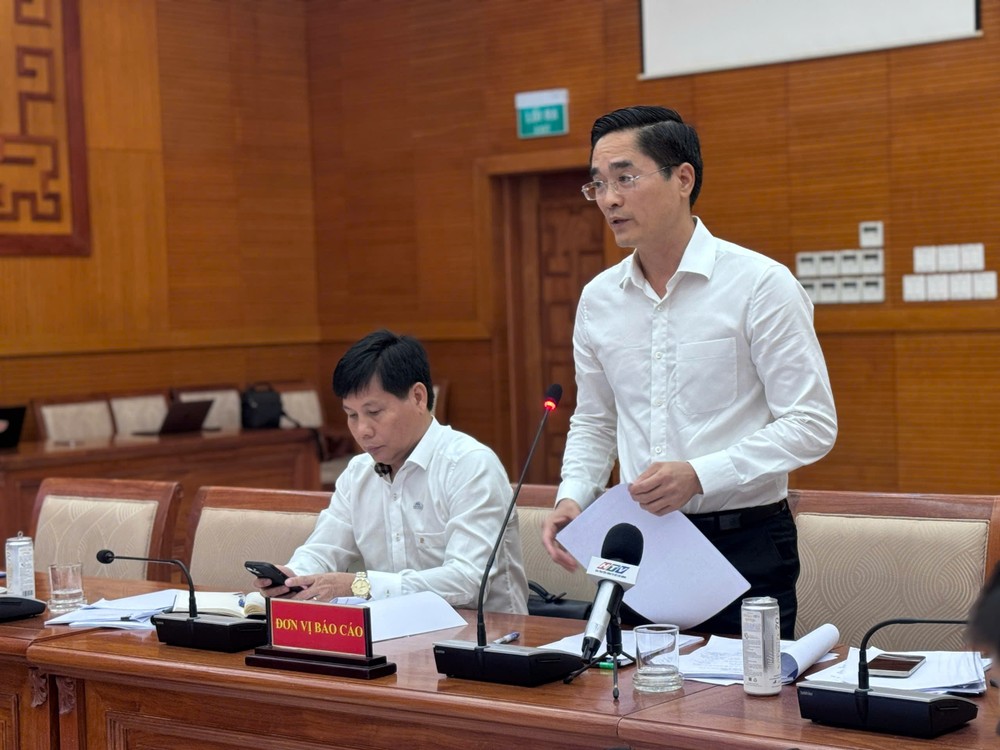
By 2035, the city will invest about 355 km, equivalent to 7 routes, with an investment capital requirement of about 40.21 billion USD. The urban railway routes according to the new planning include: Line 1 (Ben Thanh - An Ha); Line 2 (Cu Chi - National Highway 22 (Phan Van Khai) - An Suong - Ben Thanh - Thu Thiem); Line 3 (Hiep Phuoc - Binh Trieu - Cong Hoa Intersection - Tan Kien - An Ha); Line 4 (Dong Thanh - Tan Son Nhat Airport - Ben Thanh - Nguyen Huu Tho - Hiep Phuoc Urban Area); Line 5 (Long Truong - Hanoi Highway (Vo Nguyen Giap) - Saigon Bridge - Bay Hien - Da Phuoc Depot); Line 6 (Inner Ring Road); Line 7 (Tan Kien - Nguyen Van Linh - Thu Thiem - Thao Dien - Thanh Da - High-tech Park - Vinhomes Grand Park).
For other railway lines such as Thu Thiem – Long Thanh, the Ministry of Construction is currently coordinating and explaining to the Ministry of Finance as a basis for reporting to the Prime Minister. After the Prime Minister has given instructions, the Department of Construction will continue to coordinate with the Ministry of Construction to soon implement the project.
Similarly, for the railway connecting the center of Ho Chi Minh City - Can Gio, the City People's Committee assigned Vingroup to study and prepare a project proposal under the public-private partnership (PPP) model. The Department of Construction will coordinate with the Department of Finance to implement the next procedures to ensure progress and quality according to regulations.
The HCM City Urban Railway Management Board (MAUR) also researched and proposed the development of other metro lines (lines 8, 9, 10), riverside Tramway/LRT lines. In addition, there is a TOD model around urban railway stations. From there, planning the vicinity of stations with large areas to maximize urban space and develop synchronous transport infrastructure.
After being approved by the competent authority, MAUR will continue to coordinate with relevant units to implement the next steps, updating detailed information on land use in the following phase.
According to the plan, the city is completing procedures to start construction of metro line 2 in December 2025. This is the first metro line to apply Resolution 188, and the site is now cleared.
From now until April 2025, departments and agencies will complete the procedures for converting capital sources from ODA to public investment. After that, Ho Chi Minh City will organize bidding and start construction of the project. At the same time, the remaining six urban railway lines will also organize the preparation, appraisal and approval of feasibility study reports; preparation, appraisal and approval of compensation, support and resettlement projects.
At the meeting, the Standing Committee of the Ho Chi Minh City Party Committee announced the Decision to establish the Steering Committee for the development of the Ho Chi Minh City urban railway network system.
Secretary of the Ho Chi Minh City Party Committee Nguyen Van Nen is the Head of the Steering Committee. Chairman of the Ho Chi Minh City People's Committee Nguyen Van Duoc is the Standing Deputy Head of the Committee.
Deputy Heads of the Committee include: Mr. Nguyen Thanh Nghi - Standing Deputy Secretary of the Ho Chi Minh City Party Committee; Ms. Nguyen Thi Le - Deputy Secretary of the City Party Committee, Chairwoman of the Ho Chi Minh City People's Council; Mr. Nguyen Phuoc Loc - Deputy Secretary of the City Party Committee, Chairman of the Ho Chi Minh City Fatherland Front Committee; and 19 members. Steering Committee.
The Steering Committee is responsible for: deploying and organizing the implementation of Conclusion 49 of the Politburo on the orientation for the development of Vietnam's railway transport to 2030, with a vision to 2045; Resolution 188 of the National Assembly on piloting a number of specific and special mechanisms and policies to develop the urban railway network system in Hanoi and Ho Chi Minh City; Resolution 24 of the Ho Chi Minh City Party Committee on implementing Conclusion 49 of the Politburo on the orientation for the development of Vietnam's railway transport to 2030, with a vision to 2045 in the city.
Source: https://ttbc-hcm.gov.vn/sau-sap-nhap-he-thong-duong-sat-do-thi-tp-hcm-duoc-keo-dai-1018746.html




![[Photo] Where the history of resistance comes alive with modern technology at "95 years of the Party Flag lighting the way"](https://vphoto.vietnam.vn/thumb/1200x675/vietnam/resource/IMAGE/2025/9/12/81c1276f52b849c8b16e2d01dd1c85e4)
![[Photo] Thac Ba Lake: Towards an international-class tourism, resort and cultural center by 2040](https://vphoto.vietnam.vn/thumb/1200x675/vietnam/resource/IMAGE/2025/9/12/0940443efe0a427b88707caadba1cc41)









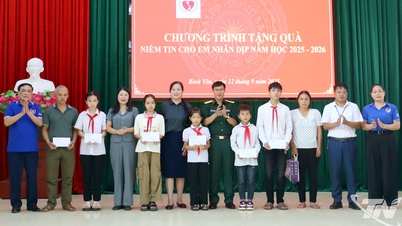



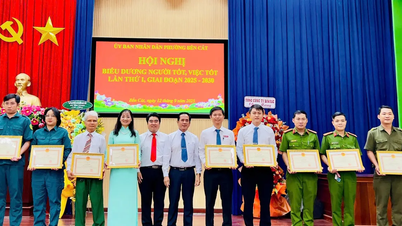




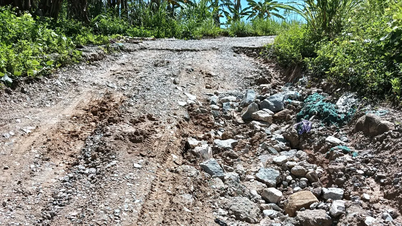
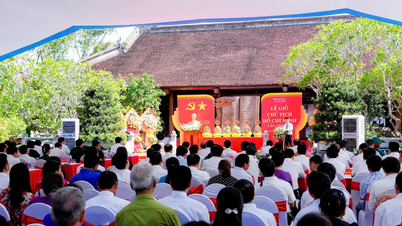



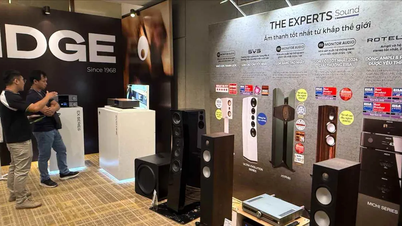






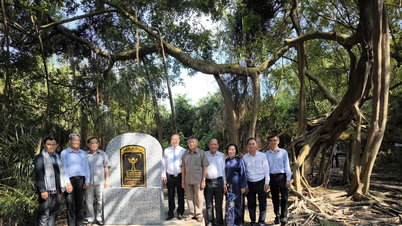


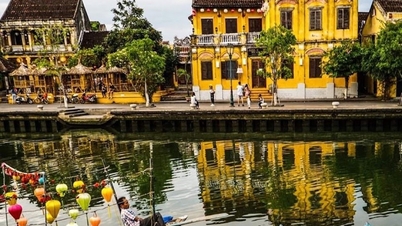

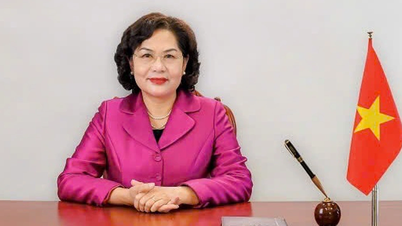











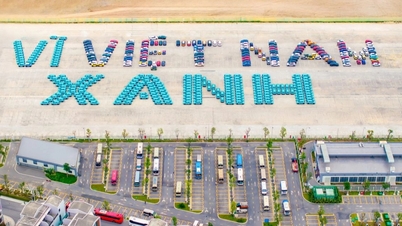

![[Maritime News] More than 60 containers fell off a cargo ship at Long Beach port (USA)](https://vphoto.vietnam.vn/thumb/402x226/vietnam/resource/IMAGE/2025/9/12/c091e4bb10e54291977aab80f5a41a9c)






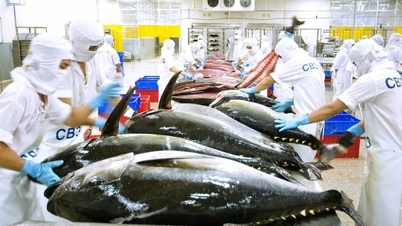
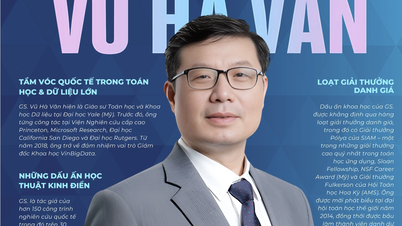







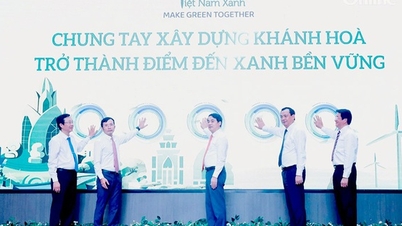


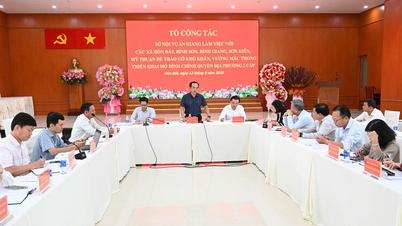

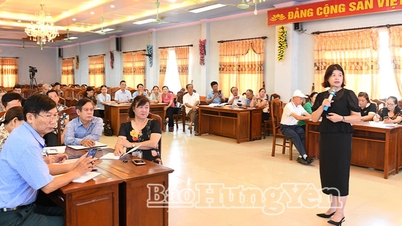






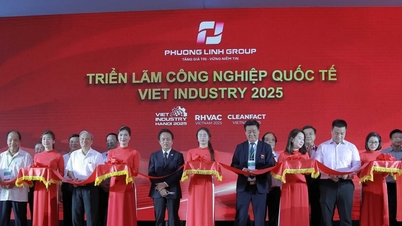




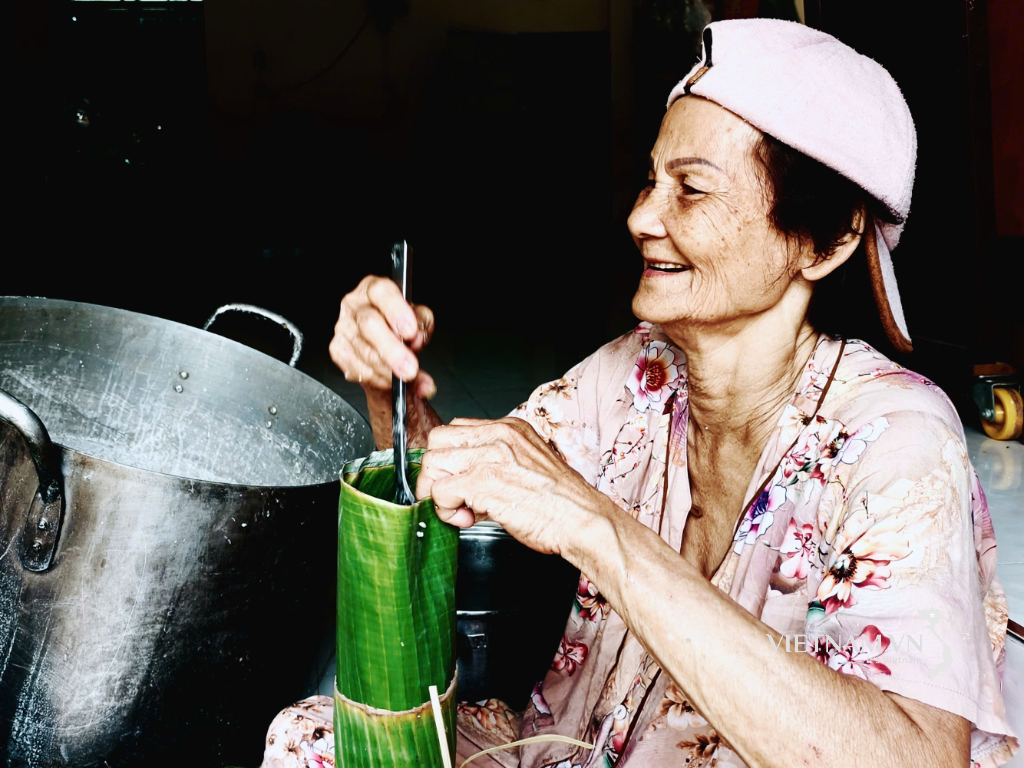


Comment (0)